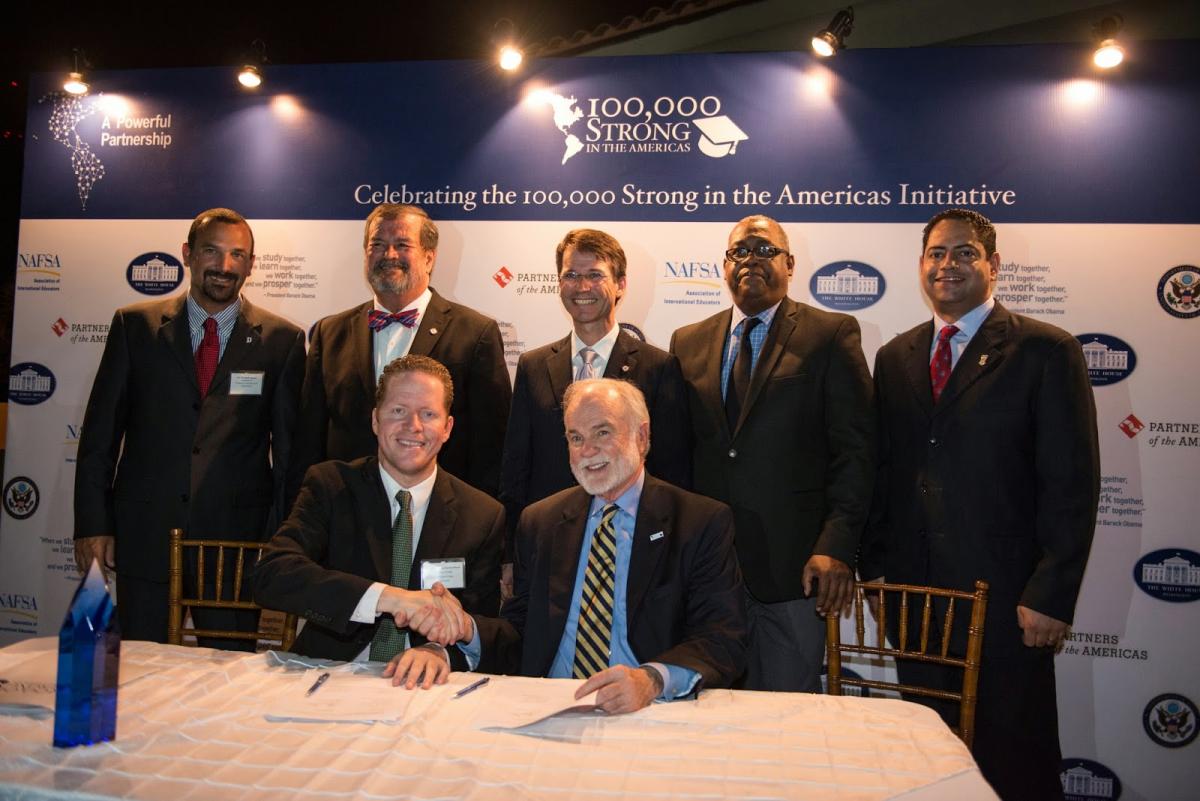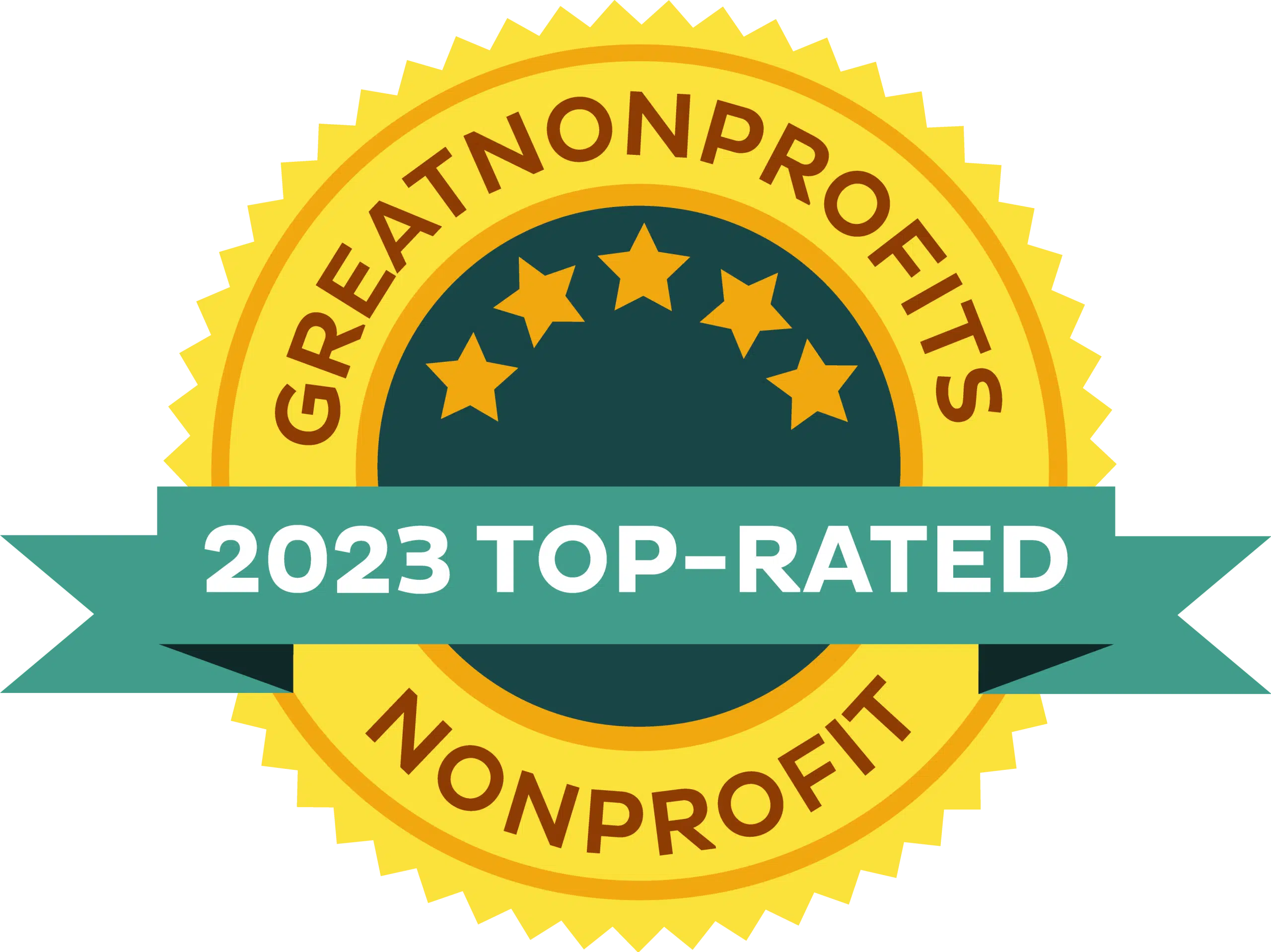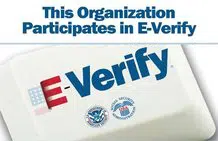It’s been just over two weeks since I returned home from the VII Summit of the Americas in Panama City, Panama, and I’m still recovering from what could only be described as an “out of body experience.” It was the third Summit I’ve attended, but by far the most historic. This Summit marked the first time all 35 nations of the Americas have come together – and the end of a decades-long standstill in U.S.-Cuba relations.
It was by pure coincidence in 1993 that I was invited to the White House by Peter Feinberg to help him organize the civil society component of the First Summit of the Americas. At the time I was working at the Inter-American Foundation which was recognized for working with many of the non-government and community based organizations in Latin America and I was able to help him develop the invitation list and the agenda. At the time I thought having a Summit was a good and promising idea, especially by bringing the civic and community leaders to the table. I never imagined for a moment that one day I would return to it to represent Partners of the Americas on this important occasion, and that the Civil Society component would become one of the most important elements.
Accompanied by Partners’ colleagues, as well as partners from the White House, U.S. Department of State, and NAFSA: Association of International Educators, I was there on a mission to celebrate and increase support for President Obama’s signature educational initiative in the Western Hemisphere: 100,000 Strong in the Americas. Positive energy was everywhere to be found around the initiative – corporations, universities and diplomats unanimously agreed that study abroad is crucial to equipping students with the skills necessary to succeed in the 21st century workforce.
In the CEO Forum, President Obama was at his absolute best in expressing his appreciation for and support of the initiative, and well versed in why he believes it to be so transformational.
Earlier that week, in a closed meeting with President Obama and 30 other CEOs of leading corporations, Partners received our finest moment. As the President entered the room and began shaking everyone’s hand, he got to me and said, “Steve, I have been hearing such great things about what you and Partners are doing to advance 100,000 Strong in the Americas. Thank you.” At my side was a renowned corporate CEO, who winked at me and later asked, “How did it feel to get a performance review by the President of the United States?” It was then that the “out of body feeling” began to sink in.
100,000 Strong in the Americas was again lauded by Secretary of State John Kerry, who delivered an inspiring speech on the importance of education, innovation and conservation at the Forum of University Rectors of the Americas. “The United States isn’t just continuing the 100,000 Strong in the Americas Initiative,” said Kerry, to a room full of applause. “Guess what – we’re doubling down on that initiative!” His shout-out to the government of Puerto Rico for having invested as the first state in the Innovation Fund was especially well received. Puerto Rico aims to expand the students from North and South America who want to study in one of their public or private universities and is making the investment to do that.

Reflecting on all of the major benefits that the United States has historically accrued through legislation such as the Morrill Act, which helped create the Land Grant Colleges in 1862, and then the GI Bill after World War II when our nation moved from just 2% of the population having a university degree to 25%, I wondered, and hoped, that 100,000 Strong could also help to open the opportunity of a college degree to more and more students and families. As we “double down on 100,000 Strong” I’m confident we’ll see it grow into the enduring legacy it can become. For the sake of students, governments, businesses and so many others across the hemisphere, we will “double down” indeed.




